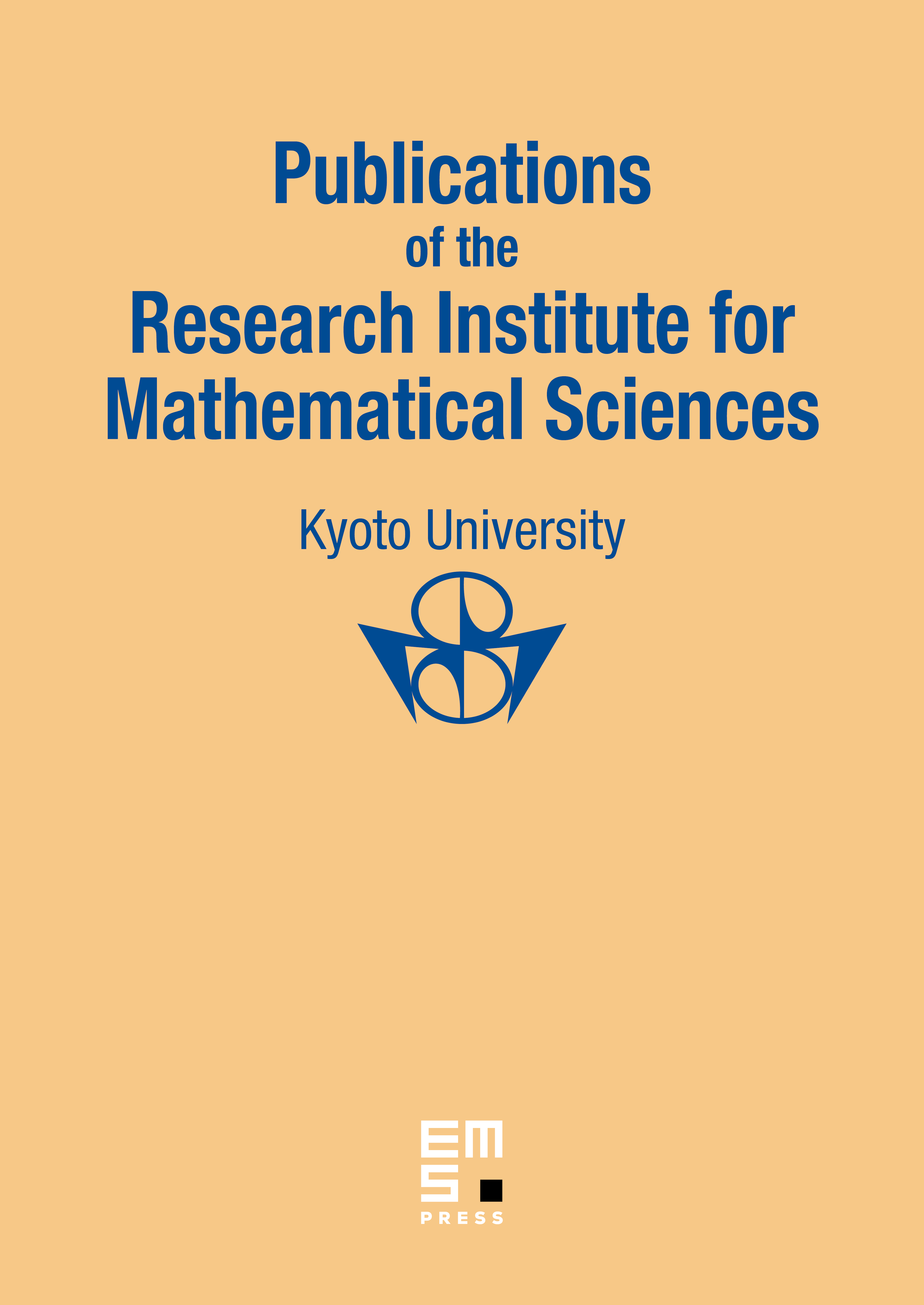Discovery of the Double Exponential Transformation and Its Developments
Masatake Mori
Tokyo Denki University, Japan

Abstract
This article is mainly concerned how the double exponential formula for numerical integration was discovered and how it has been developed thereafter. For evaluation of , H. Takahasi and M. Mori took advantage of the optimality of the trapezoidal formula over with an equal mesh size and proposed in 1974 as an optimal choice of variable transformation which transforms the original integral to . If the trapezoidal formula is applied to the transformed integral and the resulting infinite summation is properly truncated a quadrature formula is obtained. Its error is expressed as as a function of the number () of function evaluations. Since the integrand decays double exponentially after the transformation it is called the double exponential (DE) formula. It is also shown that the formula is optimal in the sense that there is no quadrature formula obtained by variable transformation whose error decays faster than as becomes large. Since the paper by Takahasi and Mori was published the DE formula has gradually come to be used widely in various fields of science and engineering. In fact we can find papers in which the DE formula is successfully used in the fields of molecular physics, fluid dynamics, statistics, civil engineering, financial engineering, in particular in the field of the boundary element method, and so on. The DE transformation has turned out to be also useful for evaluation of indefinite integrals, for solution of integral equations and for solution of ordinary differential equations, so that the scope of its applications is expected to spread also in the future.
Cite this article
Masatake Mori, Discovery of the Double Exponential Transformation and Its Developments. Publ. Res. Inst. Math. Sci. 41 (2005), no. 4, pp. 897–935
DOI 10.2977/PRIMS/1145474600